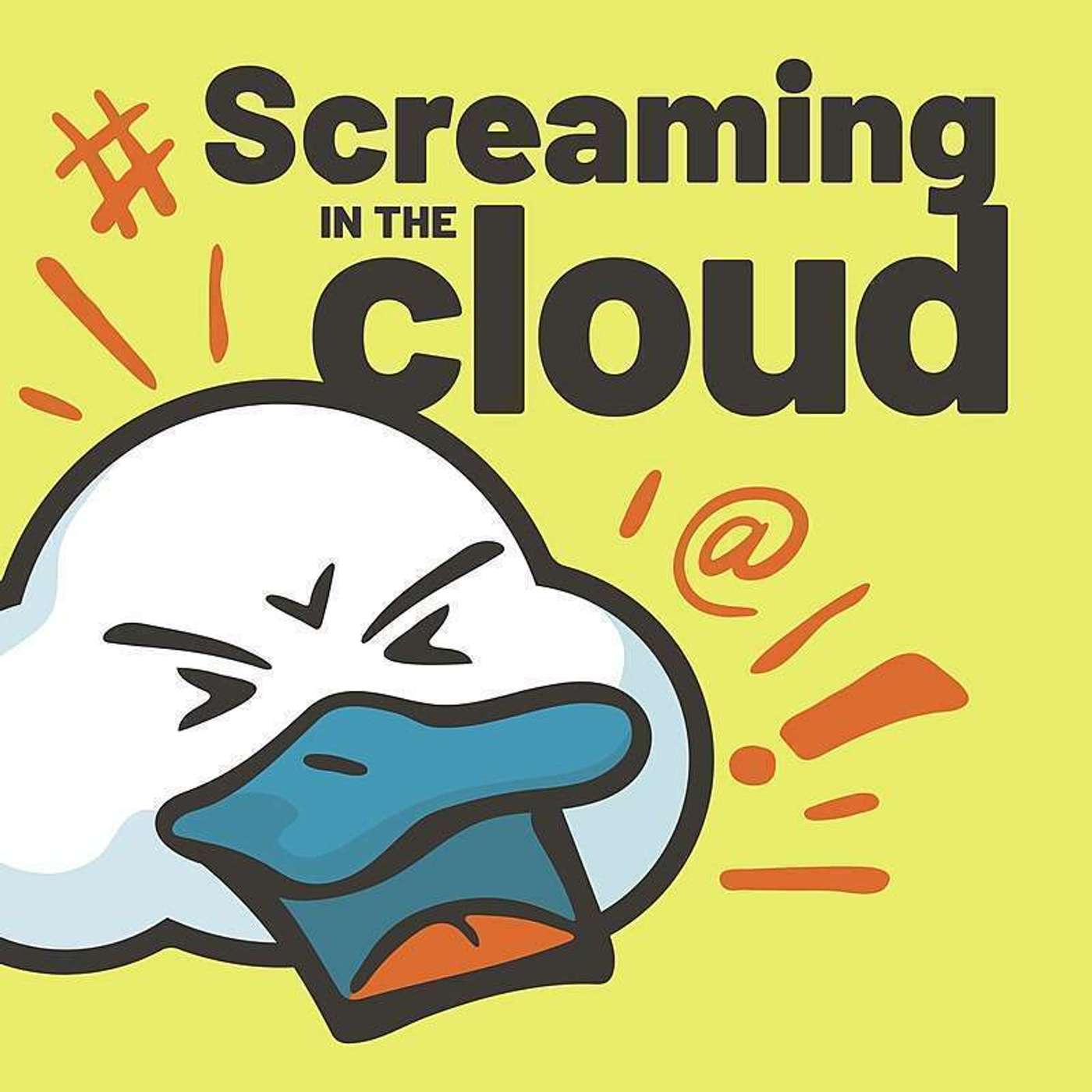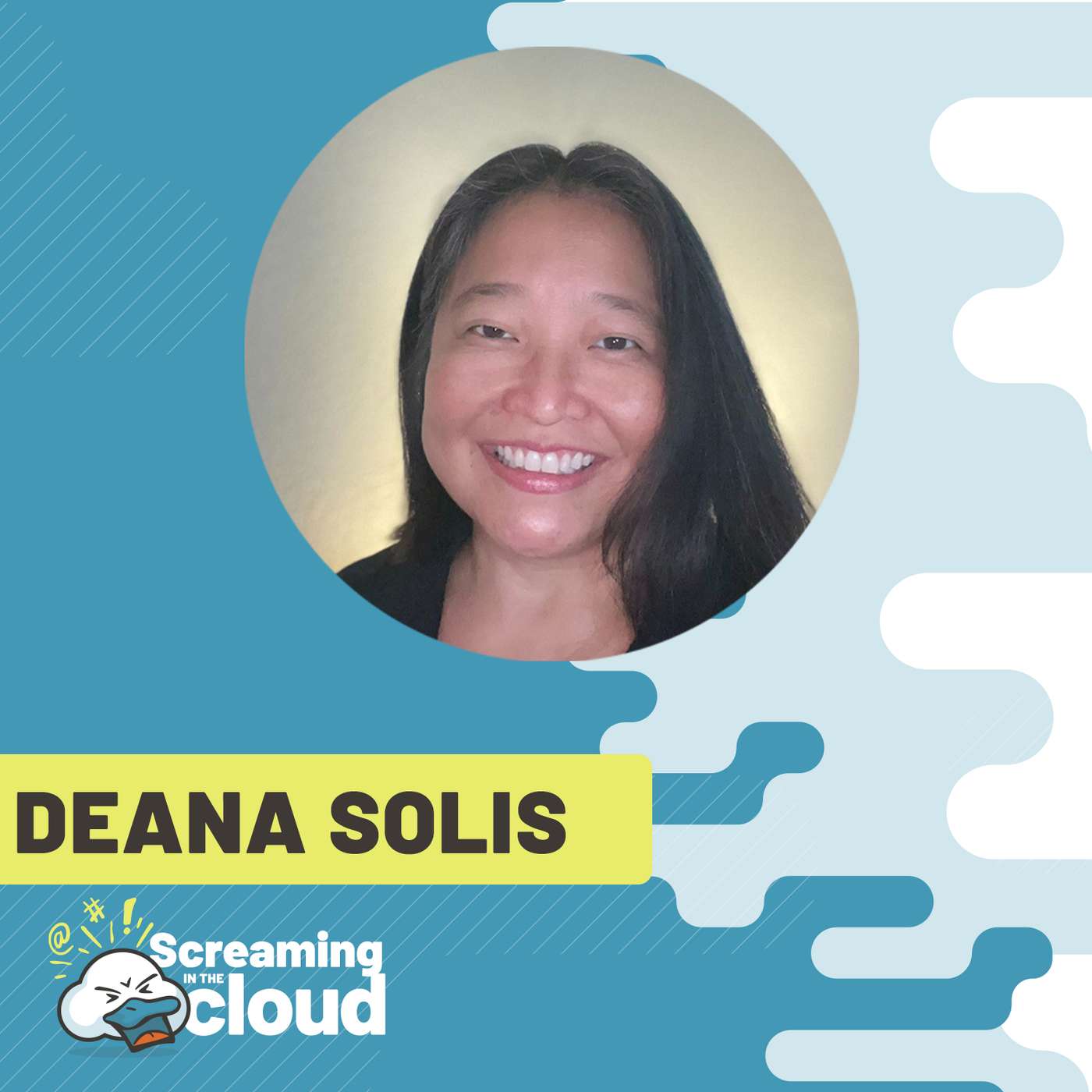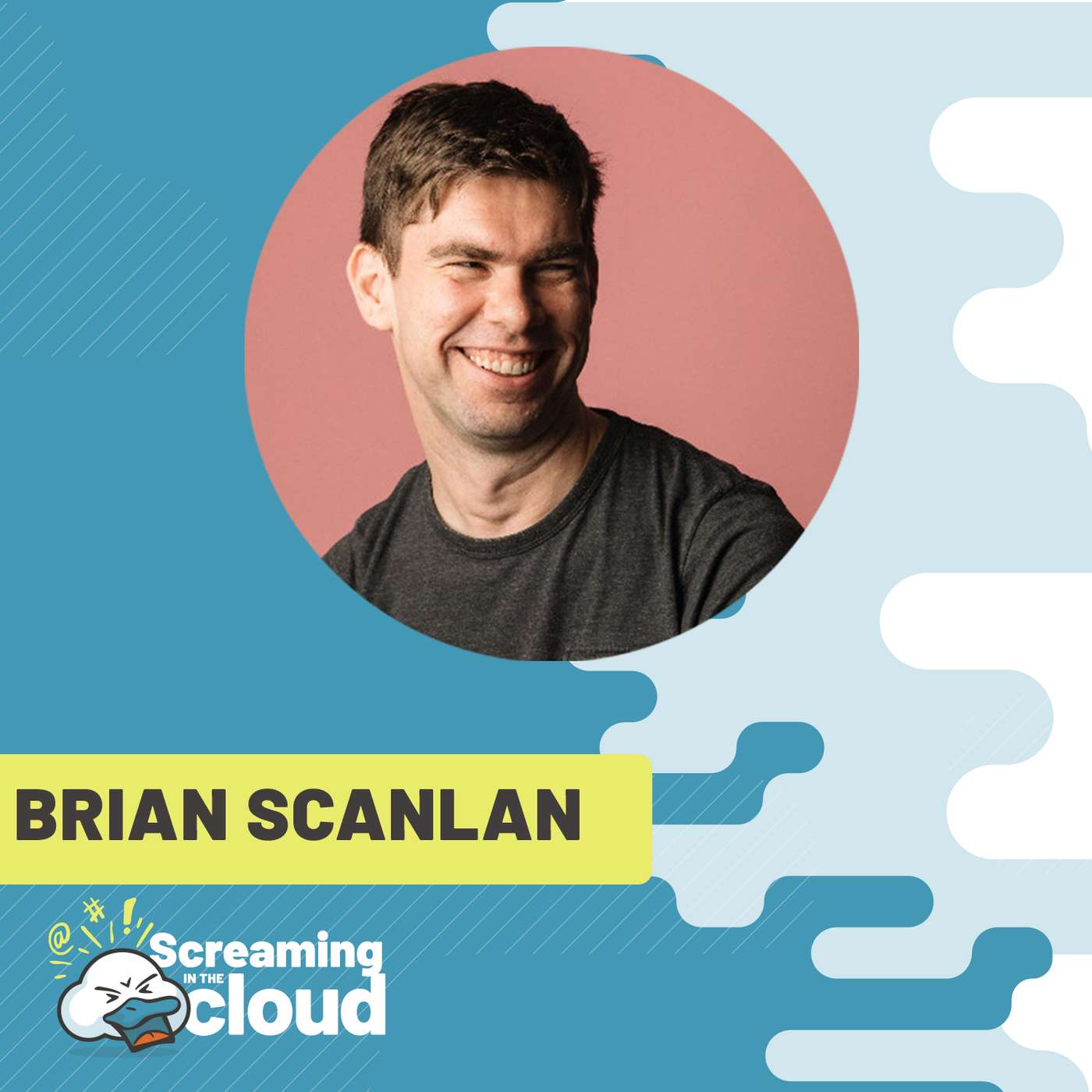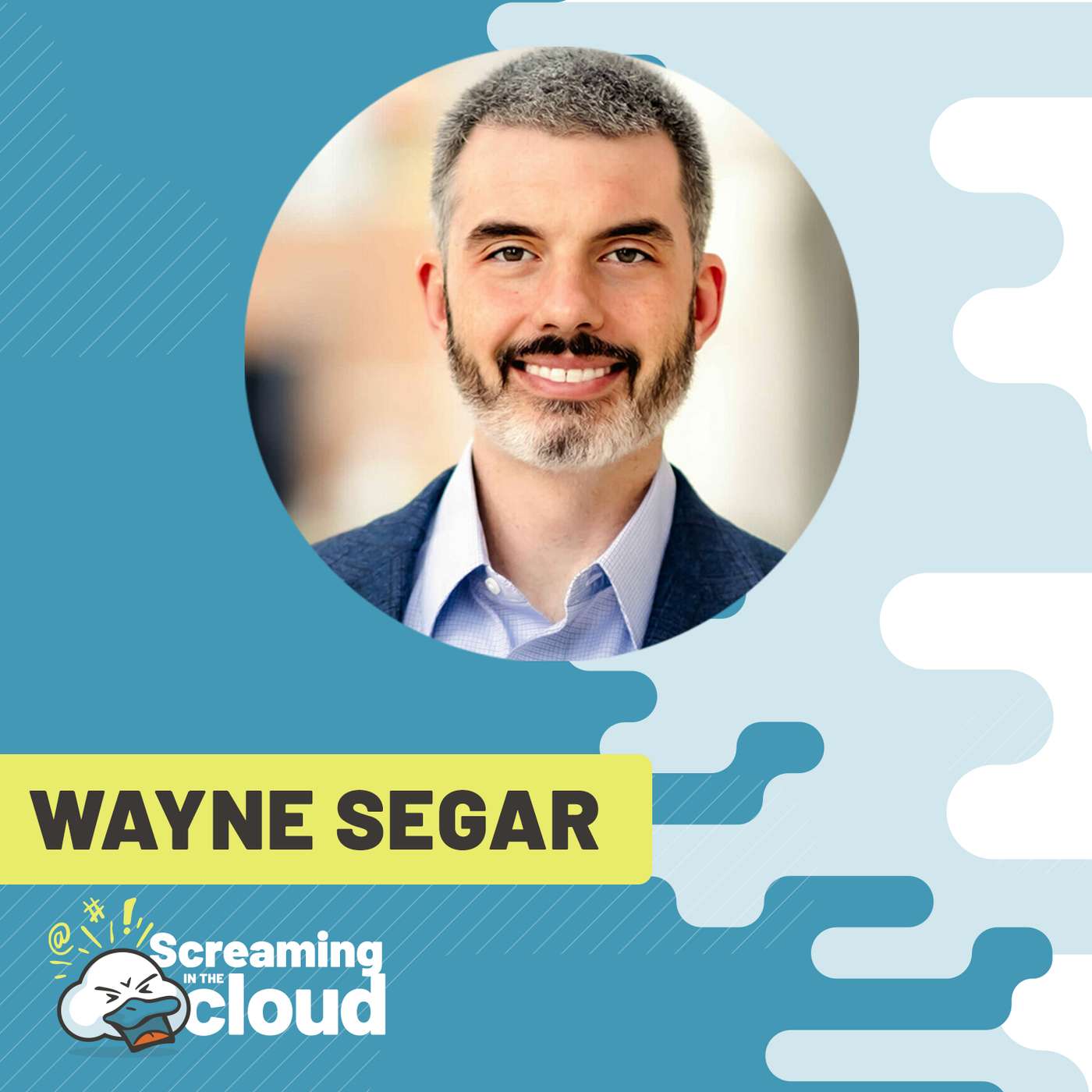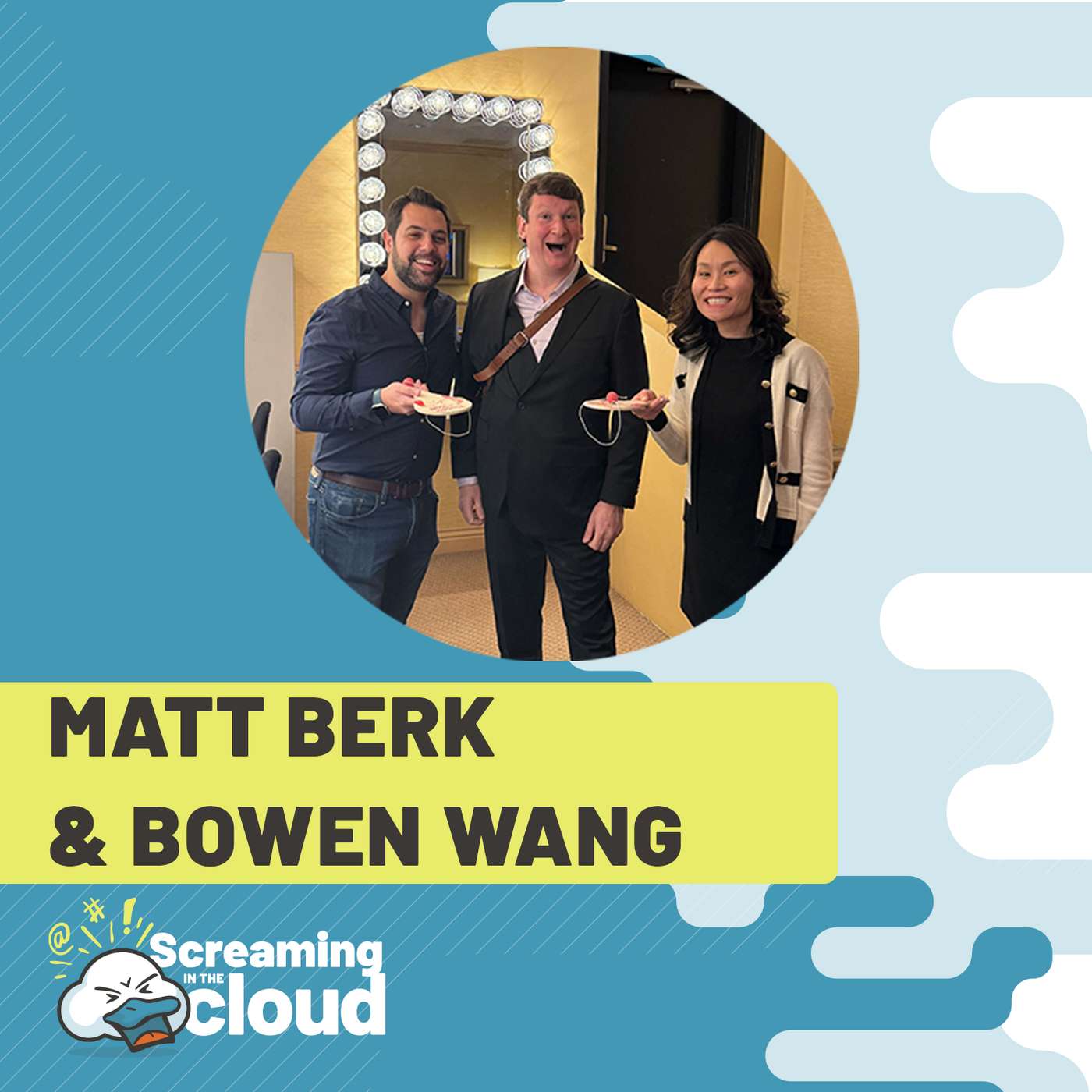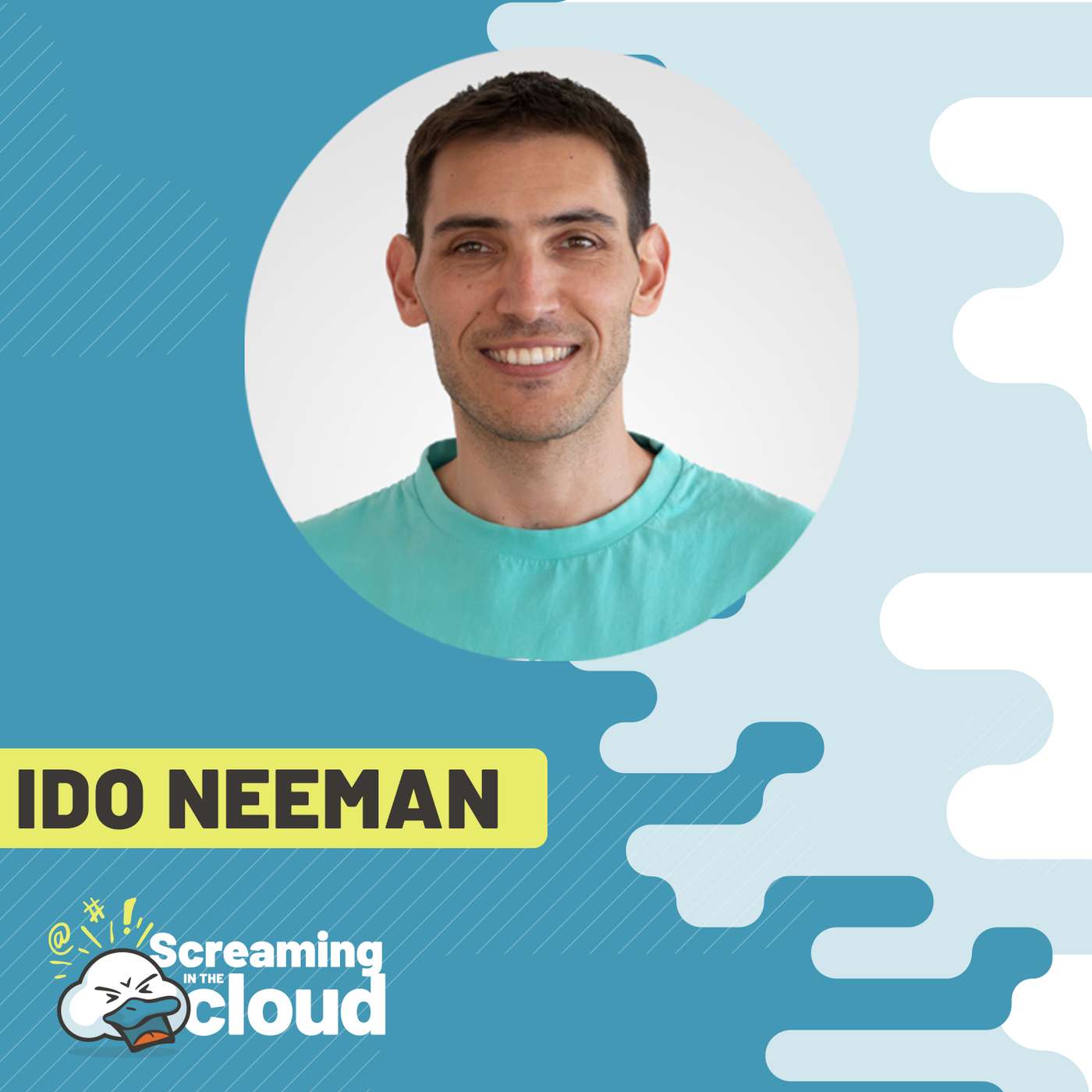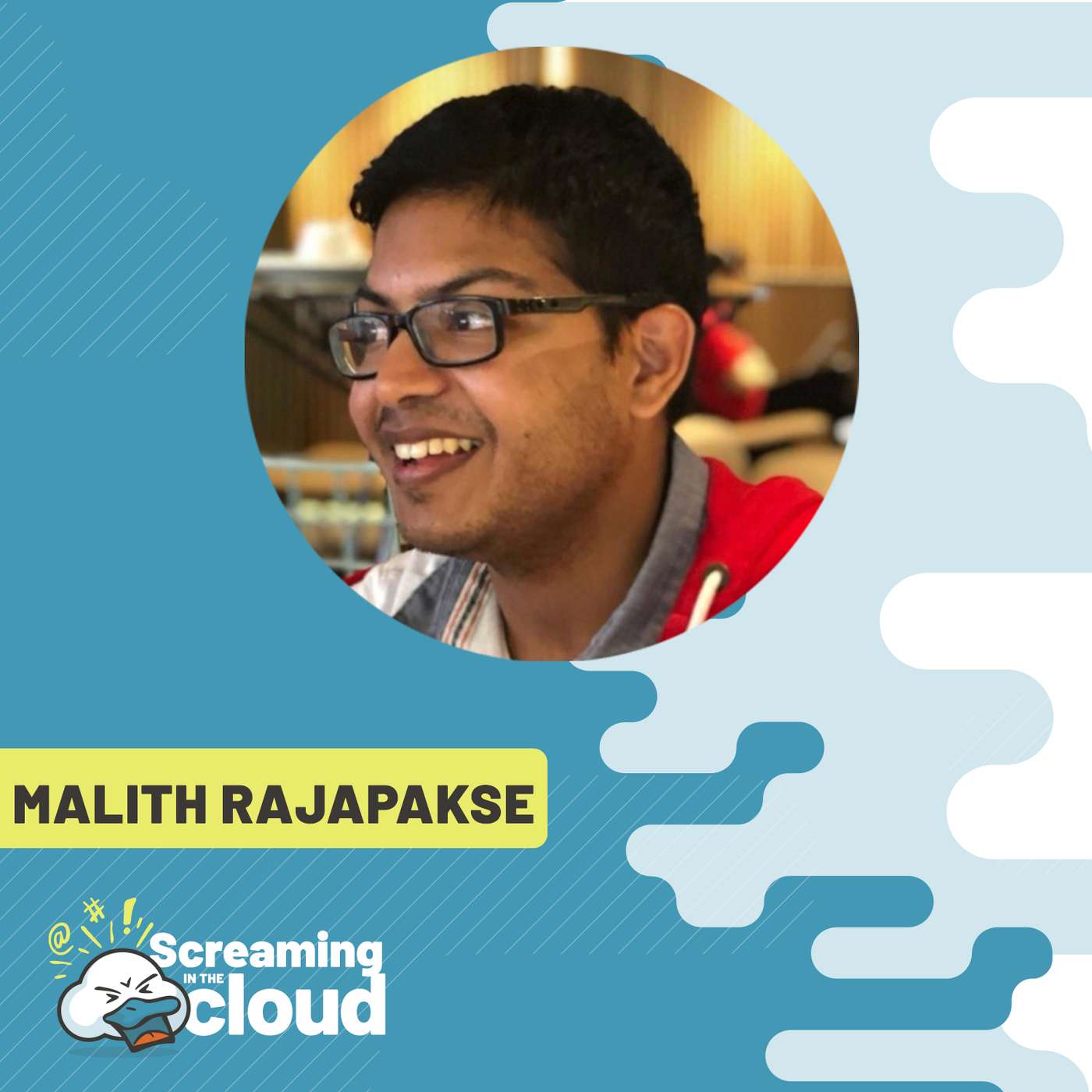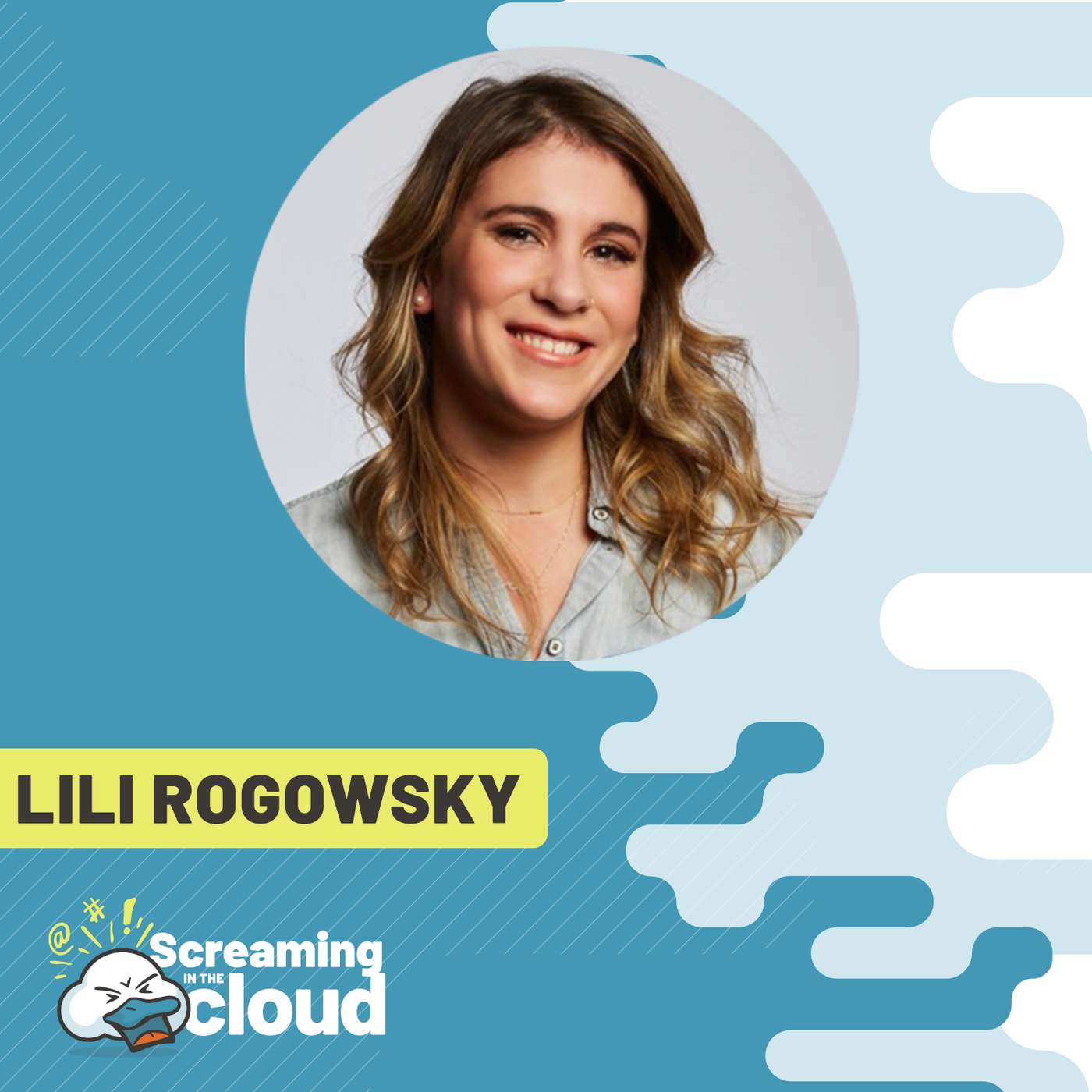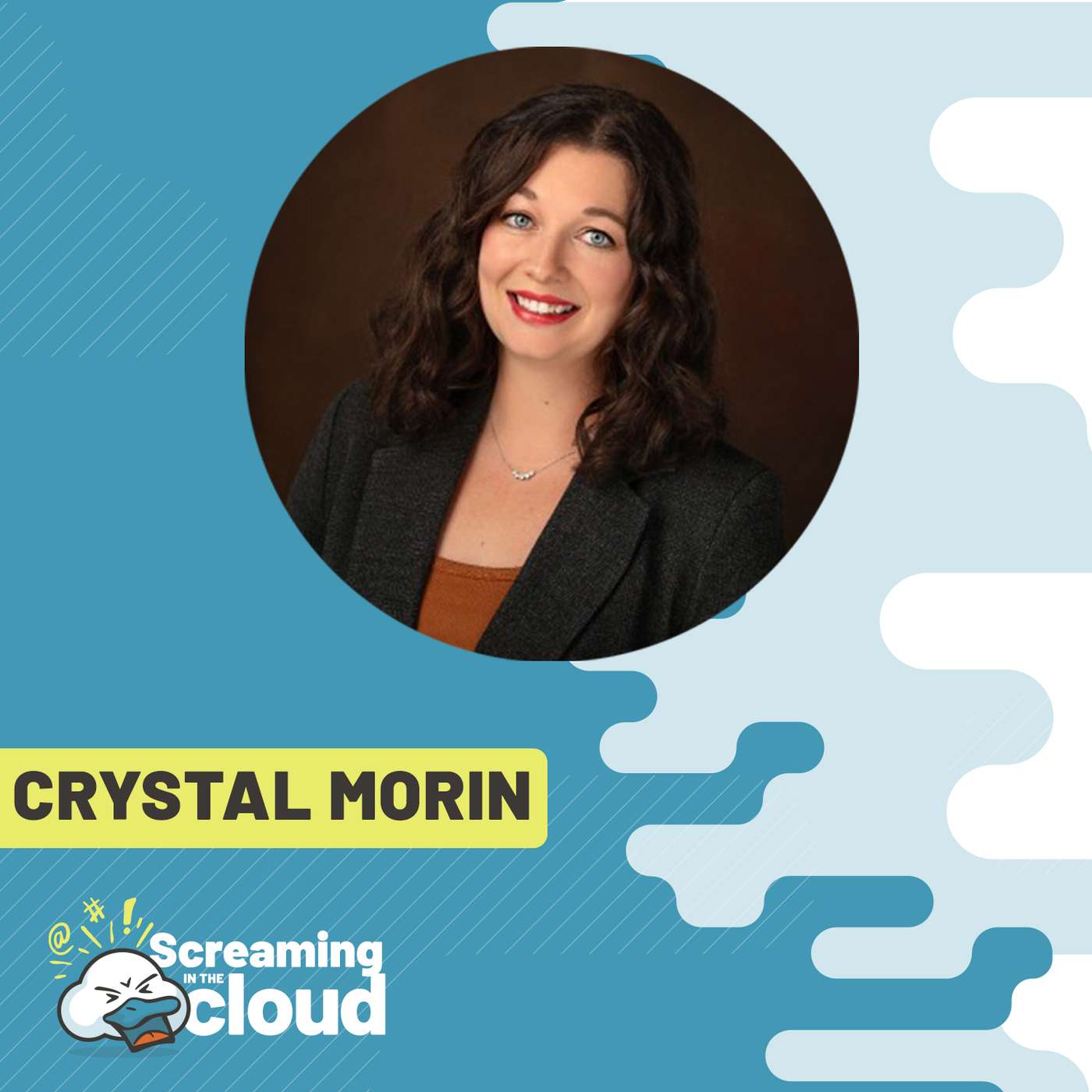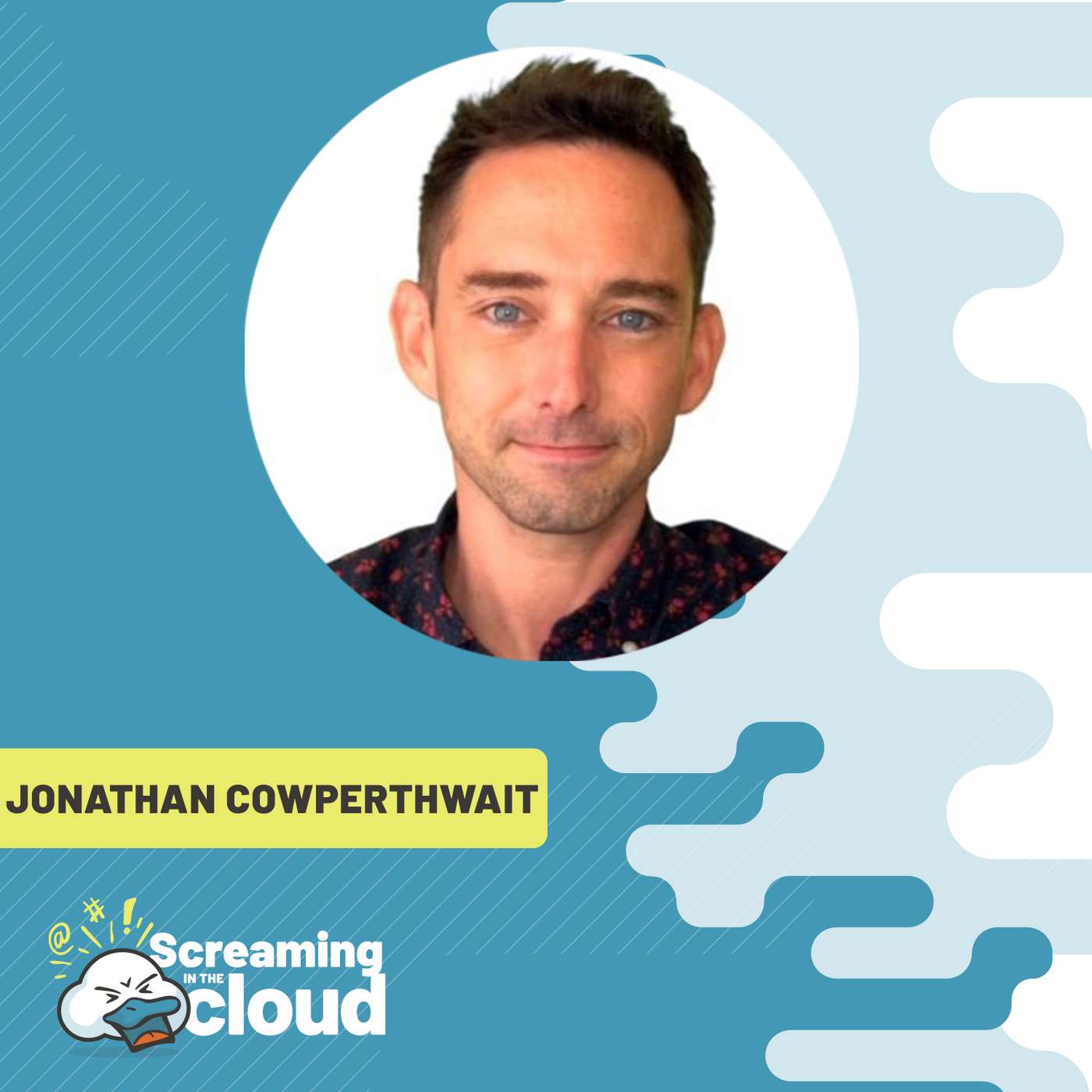Defining a Database with Tony Baer
Description
Tony Baer, Principal at dbInsight, joins Corey on Screaming in the Cloud to discuss his definition of what is and isn’t a database, and the trends he’s seeing in the industry. Tony explains why it’s important to try and have an outsider’s perspective when evaluating new ideas, and the growing awareness of the impact data has on our daily lives. Corey and Tony discuss the importance of working towards true operational simplicity in the cloud, and Tony also shares why explainability in generative AI is so crucial as the technology advances.
About Tony
Tony Baer, the founder and CEO of dbInsight, is a recognized industry expert in extending data management practices, governance, and advanced analytics to address the desire of enterprises to generate meaningful value from data-driven transformation. His combined expertise in both legacy database technologies and emerging cloud and analytics technologies shapes how clients go to market in an industry undergoing significant transformation.
During his 10 years as a principal analyst at Ovum, he established successful research practices in the firm’s fastest growing categories, including big data, cloud data management, and product lifecycle management. He advised Ovum clients regarding product roadmap, positioning, and messaging and helped them understand how to evolve data management and analytic strategies as the cloud, big data, and AI moved the goal posts. Baer was one of Ovum’s most heavily-billed analysts and provided strategic counsel to enterprises spanning the Fortune 100 to fast-growing privately held companies.
With the cloud transforming the competitive landscape for database and analytics providers, Baer led deep dive research on the data platform portfolios of AWS, Microsoft Azure, and Google Cloud, and on how cloud transformation changed the roadmaps for incumbents such as Oracle, IBM, SAP, and Teradata. While at Ovum, he originated the term “Fast Data” which has since become synonymous with real-time streaming analytics.
Baer’s thought leadership and broad market influence in big data and analytics has been formally recognized on numerous occasions. Analytics Insight named him one of the 2019 Top 100 Artificial Intelligence and Big Data Influencers. Previous citations include Onalytica, which named Baer as one of the world’s Top 20 thought leaders and influencers on Data Science; Analytics Week, which named him as one of 200 top thought leaders in Big Data and Analytics; and by KDnuggets, which listed Baer as one of the Top 12 top data analytics thought leaders on Twitter. While at Ovum, Baer was Ovum’s IT’s most visible and publicly quoted analyst, and was cited by Ovum’s parent company Informa as Brand Ambassador in 2017. In raw numbers, Baer has 14,000 followers on Twitter, and his ZDnet “Big on Data” posts are read 20,000 – 30,000 times monthly. He is also a frequent speaker at industry conferences such as Strata Data and Spark Summit.
Links Referenced:
- dbInsight: https://dbinsight.io/

